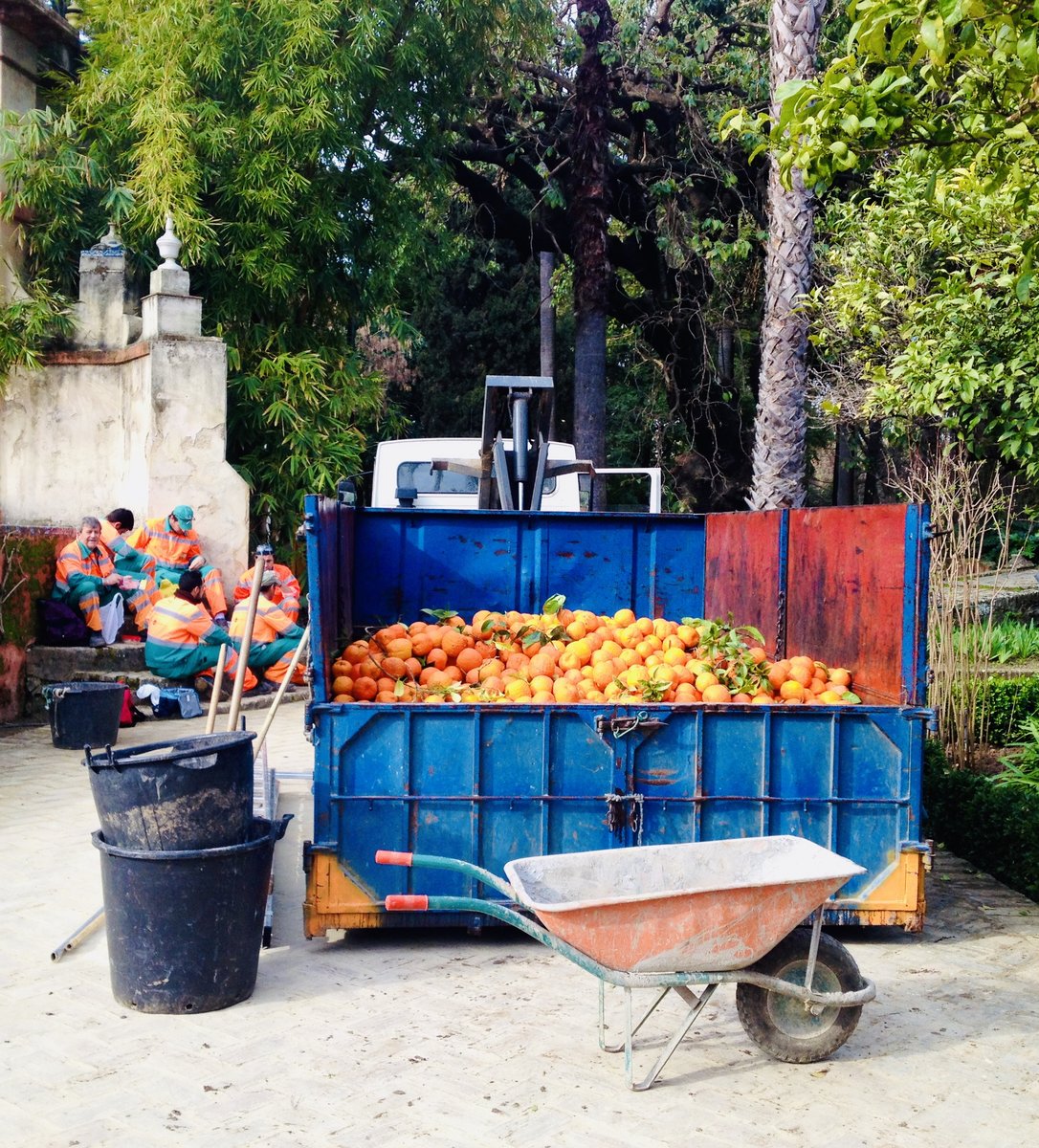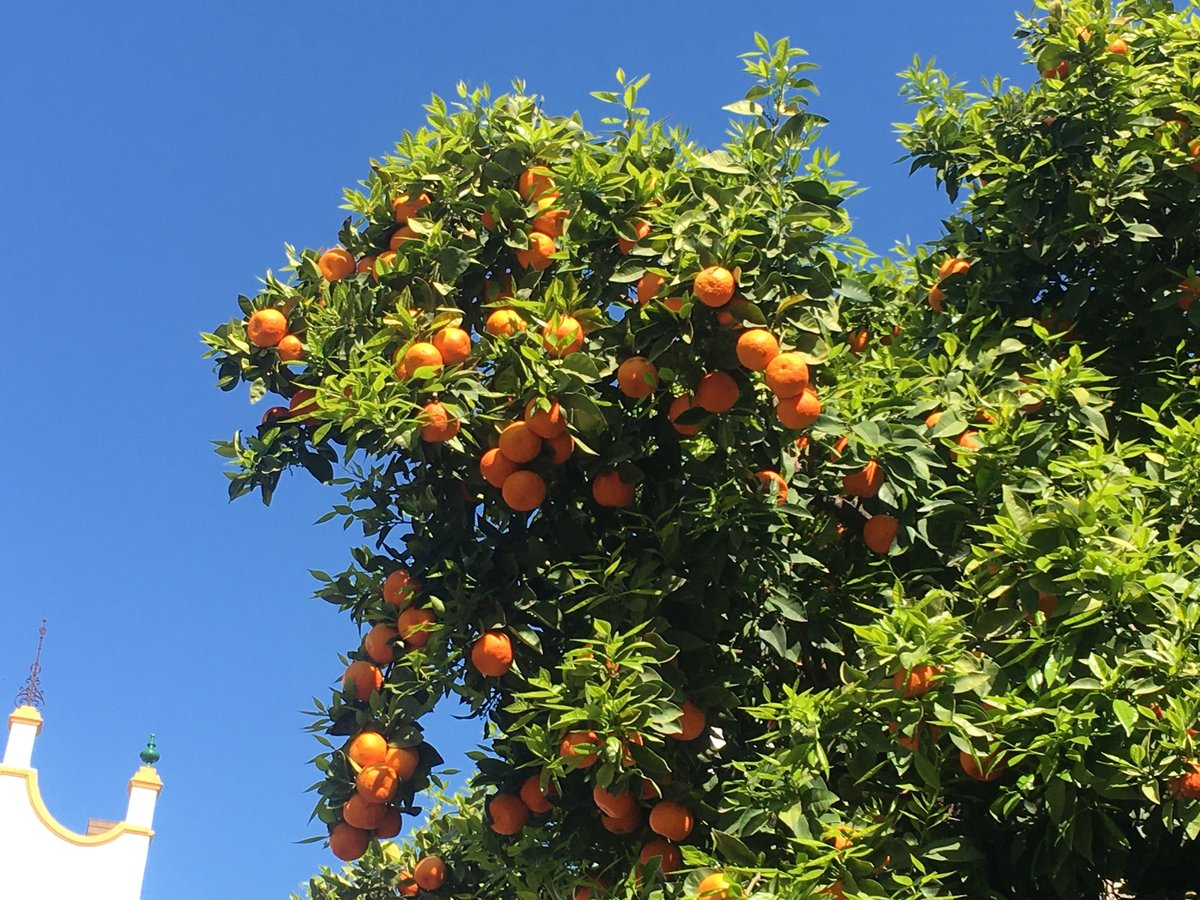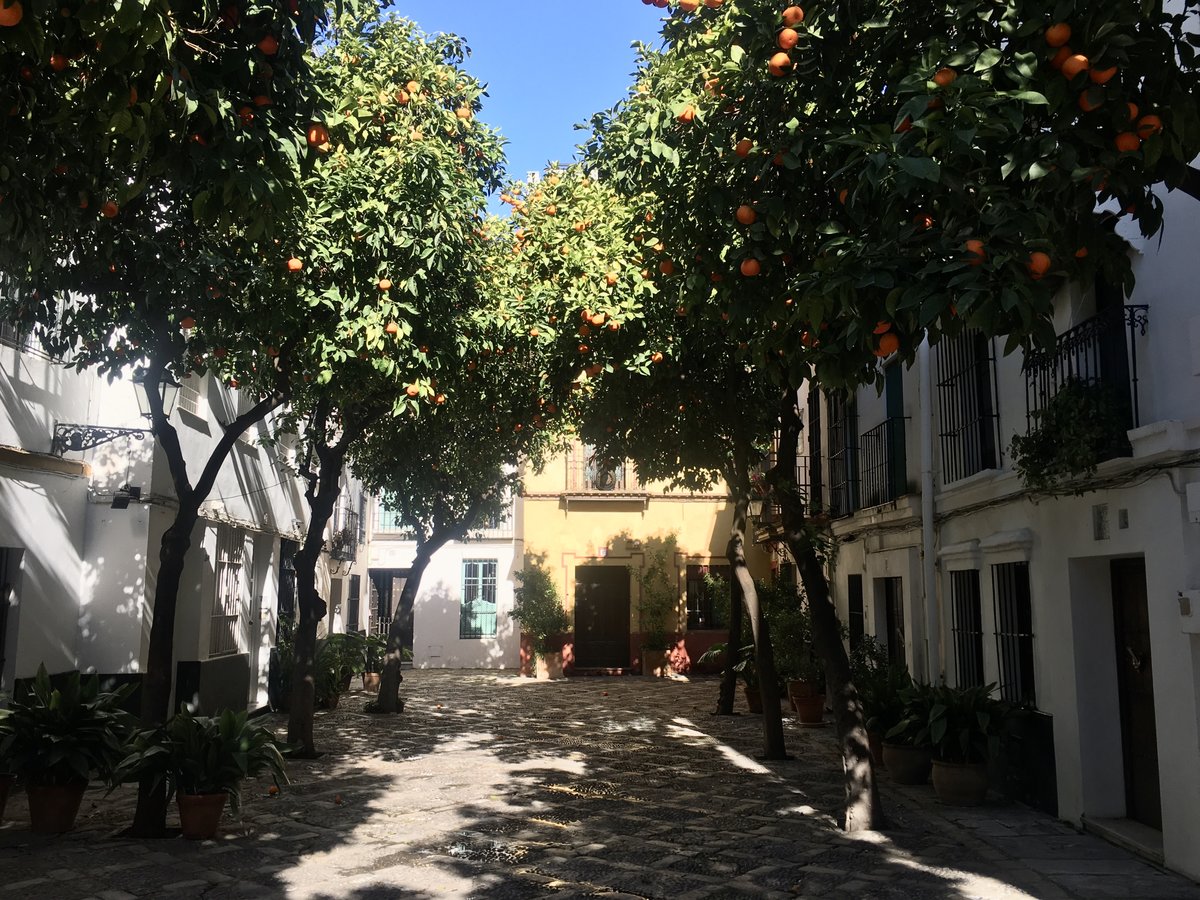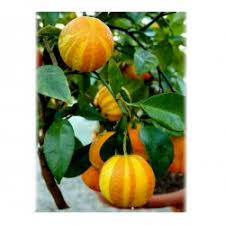VIP-Seville oranges for the queen´s marmalade

The harvest of bitter oranges takes place in Seville every February and March. A curious fact is that Seville oranges of the Real Alcazar, the oldest royal palace in use in Europe, were traditionally donated for the British royal family. It’s a tradition which started in the early 20th century that was lost and has now luckily been restored. The bitter oranges from the trees of the Real Alcazar reach Buckingham Palace in the form of jam. The conversion of citrus fruits into jam is already taking place in the residence of the British Ambassador of Spain, Hugh Elliot, who recently thanked the director of the Real Alcazar for the gift and assured that the oranges are "very much appreciated" and that the processing in bitter orange jam represents, so to speak, a "fusion of both cultures".

The private gardens that surround the Royal Palace in Seville occupy an area of 7 hectares, in which 1053 orange trees grow. The fruits are harvested every year to favor flowering, the so-called azahar blossom, whose scent in springtime is characteristic and beguiling in Seville. It’s important to note that only the oranges from these trees, protected by the high Alcazar walls, produce the famous bitter orange jam.
The rest of the hand-picked fruits from almost 50,000 orange trees that adorn Seville's squares and gardens and line the streets, end up on compost or are used for their essential oil in the cosmetics industry, because the quality regulations in the food industry are strict.

According to a legend, the oldest bitter orange tree in Spain is located in the Alcazar gardens and was planted during the reign of Pedro I in the 14th century. Other sources, however, report that this same tree, which is located near the pavilion of Charles V, was planted in the palace on the wedding of the emperor and the Portuguese princess Isabel in the 16th century.
However it’s certain the bitter orange has its origin in China and came to Europe with the Arabs in the Middle Ages and has been known in Spain since the 11th century. The Spanish name naranja is derived from Arabic and its the origin of the word “orange”.
The common German name Pomeranze is derived from the Latin pomum aurantium, "golden apple".
A bitter orange-rarity is the "German Landsknechtshose" or Citrus aurantium Fasciata, which is strikingly striped when ripe and alludes to the trousers of German Landsknechte. This costume is still worn today by the Swiss Vatican Guards. The striped skin of this bitter orange rarity turn from green to yellow to orange as they ripen.


